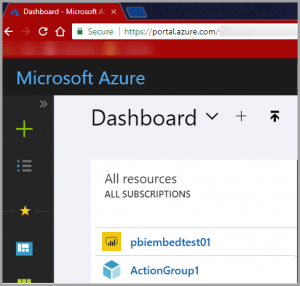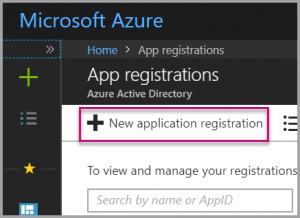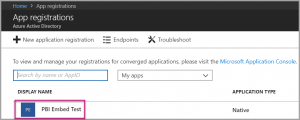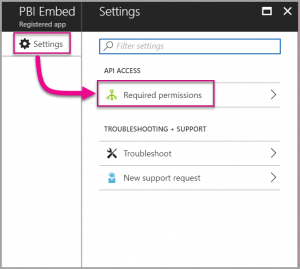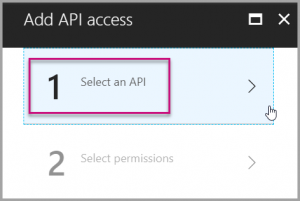One of the biggest queries among developers was to determine the best method to include Power BI content into their software applications. Historically, it was typical to integrate the data files and content of this business intelligence tool manually into their personal or corporate application, but not anymore. There’s now a new method available that can be used to pull the data into your applications. As a developer, you can now embed the data using Power BI.
With this feature, you can easily import or use the custom visuals, tables or relational database directly into your applications. In short, pushing data into Power BI and extracting data from it can be done with ease.
So, let’s check out how to embed Power BI content.
How to Embed Power BI Content
Power BI is a software-as-a-service (S-A-A-S) solution that helps you to “crunch” numbers and the Power BI Embedded service in Azure helps you to perform the option. This is Platform as a service that uses the APIs for embedding the Power BI dashboards or your reports to the application. With the help of this feature, you can access dashboards, gateways and app workspaces while you embed your content.
Adam Saxon (from GuyInAcube) does a great job explaining Power BI Embedded:
What you need to do is choose the solution that is right for you:
- Embedding for your customers that provides you with the ability to embed dashboards and reports to users who don’t have an account for Power BI.
- Embedding for your organization option extends the Power BI service. Run the Embed for your organization solution.
Register an application in Azure Active Directory (Azure AD)
You need to register your application with Azure Active Directory AD and allow your application access to the Power BI REST APIs.
STEP 1: Accept the Microsoft Power BI API Terms.
STEP 2: Sign into the Azure portal.
STEP 3: From the left navigation pane, go and select “All Services” wherein you need to select “App registrations” method and then click on New application registration.
STEP 4: You have to provide Redirect URL which Azure AD and return token responses. Enter a value specific to your application
Instance: http://localhost:13526/Redirect
STEP 5: After this you have to apply the permissions to your application in Azure Active Directory for which you need the master account with global admin account.
Now use the Azure Active Directory Portal
STEP 1: Browse to App registrations within the Azure portal and now you have to select the app for embedding.
STEP 2: Now in Settings, you have to grant the permission to API Access
STEP 3: Select Windows Azure Active Directory and as the signed-in user is selected click to Save.
STEP 4: Select Add.
STEP 5: Select an API.
STEP 6: Select Power BI Service, then click on Select.
STEP 7: Select all permissions under Delegated Permissions. Select Save when done.
STEP 8: Within Required permissions, select Grant Permissions.
Now you just have to set up your Power BI environment, selected workspaces for the application integration and finally determined the end-point where your application will use to access the data.
The method can easily help the developers to embed the Power BI and can spend time on building the core competency of their application. Embedding the Power BI can easily be documented with APIs and SDKs by enabling easy-to-navigate data exploration in apps.

